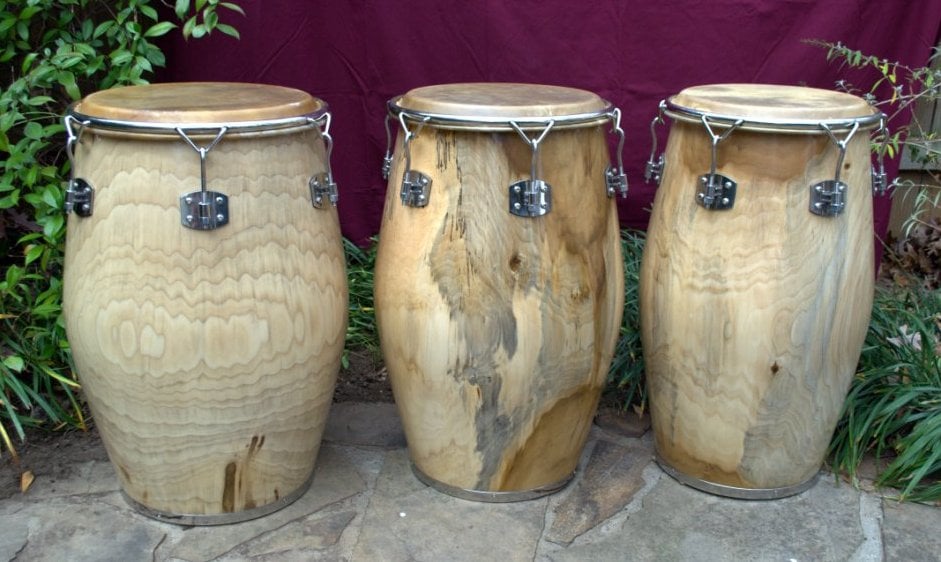
The grants program staff was very interested in the project as it connects directly with Virginia Humanities’ grant priorities and interests, such as: the history and culture of minority communities in Virginia, Virginia’s folklife and traditional culture(s), Virginia history, and African American history and culture. We narrowed down the plan and started searching for grants that supported projects like this in the state, learning about Virginia Humanities in the process. When we started exploring ideas for a new project in fall 2019, we knew we wanted to include the history and research of bomba in our programming. What drew you to the Virginia Humanities grants program? On a positive side, the virtual space has allowed us to reach individuals at a national and international level even though the number of workshops and performances we offer has decreased significantly.

We were forced to change our approach by converting our programs to a virtual medium.
#BOMBA PUERTO RICO HOW TO#
We cancelled all in-person programs and had to reconsider how to keep the community engaged. We stopped our meetings and limited rehearsals. Once the pandemic began and the country ground to a halt, we had to make hard decisions. How has your work been affected by Covid-19? And how have you adapted? Attendees will learn how music and dance have served as critical tools of resistance – for coping, informing and planning during oppressive times, and how our shared African heritage connects us through music and dance today. We will be hosting panel discussions and performances that will open a dialogue for making meaningful comparisons between bomba and African American musical traditions from Virginia. We compare this to our project in that Africa is the main trunk, as it expanded its branches to the Caribbean and the Americas and it developed new roots (musical and dance practices, among others) that are spread throughout the world. The Banyan tree ( Ficus benghalensis) has aerial roots that develop from its branches, which descend and take root in the soil to become new trunks. The title of the project, “The Banyan Tree of the Americas: Music Evolution in African Diaspora,” was inspired by the similarities between bomba and other African diaspora musical genres. This grant will help us connect more with local Virginia communities and will expand our programming to include panel discussions exploring the history of bomba and the ways the African Diaspora musical and dance practices in Puerto Rico and Virginia were shaped by their resilience to oppression. Our focus has been more heavily on the artistic side of bomba, which has included dance and percussion instruction for all ages, and performances. Semilla Cultural (Cultural Seed) is dedicated to raising cultural awareness by disseminating the Afro-Puerto Rican musical genre of bomba through classes, workshops, performances and community events. What kind of work does Semilla Cultural do? Below, in collaboration with other members of the group, Renta explains their project, “The Banyan Tree of the Americas: Music Evolution in African Diaspora,” and the importance of keeping the bomba tradition alive in Virginia. We caught up with project leader and director and founder of Semilla Cultural Isha Renta to learn more. In bomba, the dancer moves to the rhythm and the main drummer (called primo or subidor) follows the dancer’s improvised movements, or piquetes.


Bomba is percussion-driven, consisting of drums ( bombas or barriles, traditionally repurposed barrels of rum), two sticks, called cuá, for banging the sides of the drums, and a maraca. The history of bomba dates back to the seventeenth century and it continues today as a form of cultural expression and socio-political protest.

Based in Fredericksburg, Virginia, the grassroots organization is dedicated to preserving and sharing the traditional Afro-Puerto Rican dance and music style of bomba. Semilla Cultural is one of twenty-five non-profit organizations recently awarded a Virginia Humanities grant. Isha Renta founder of Semilla Cultural – Photo courtesy Semilla Cultural


 0 kommentar(er)
0 kommentar(er)
